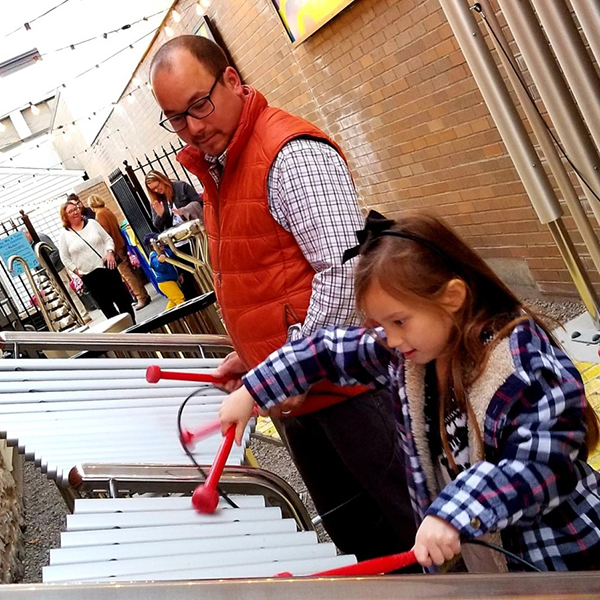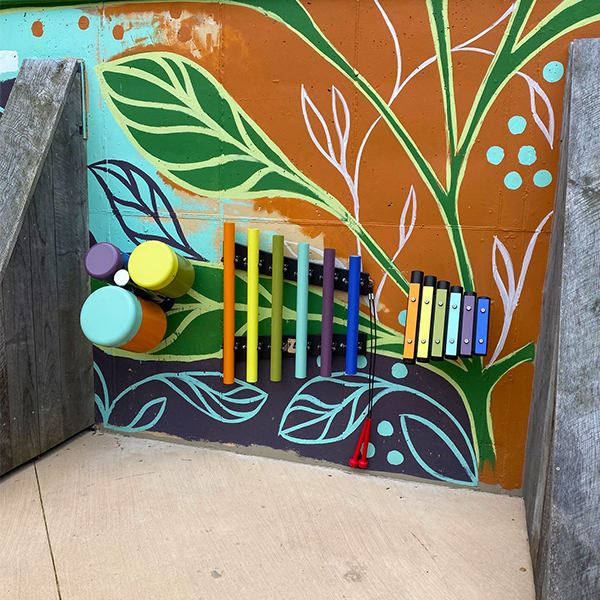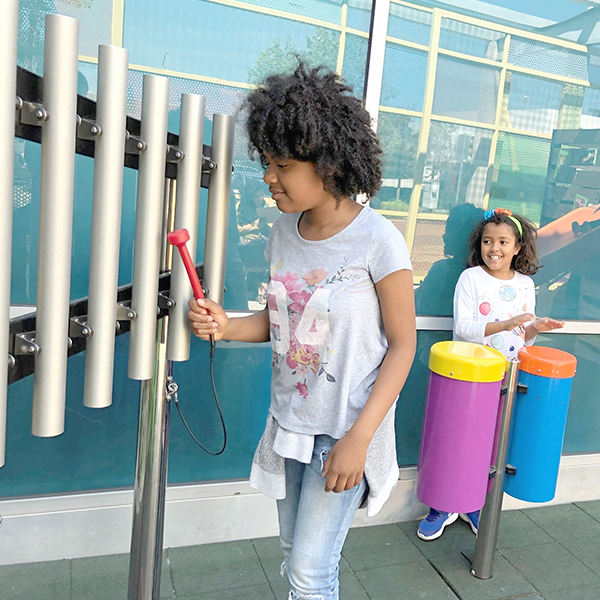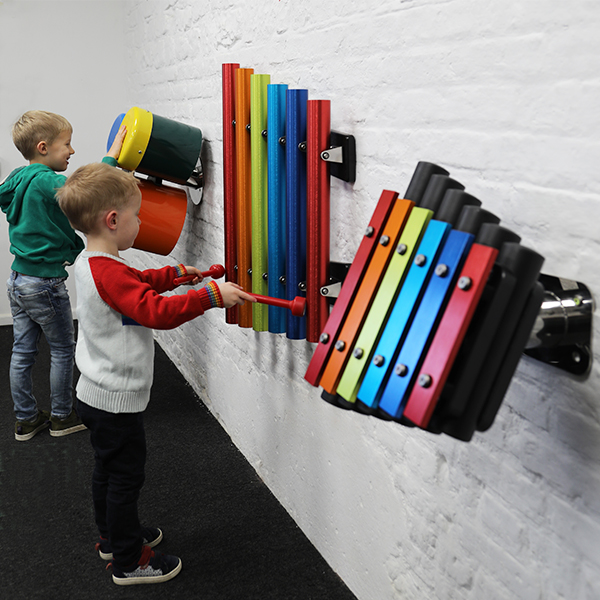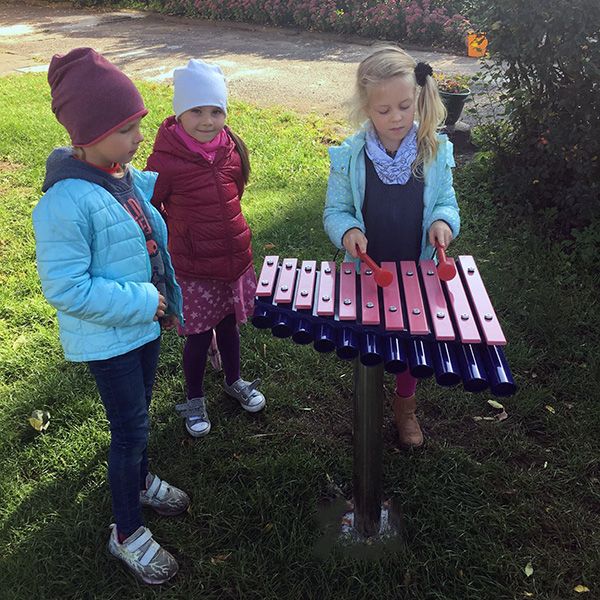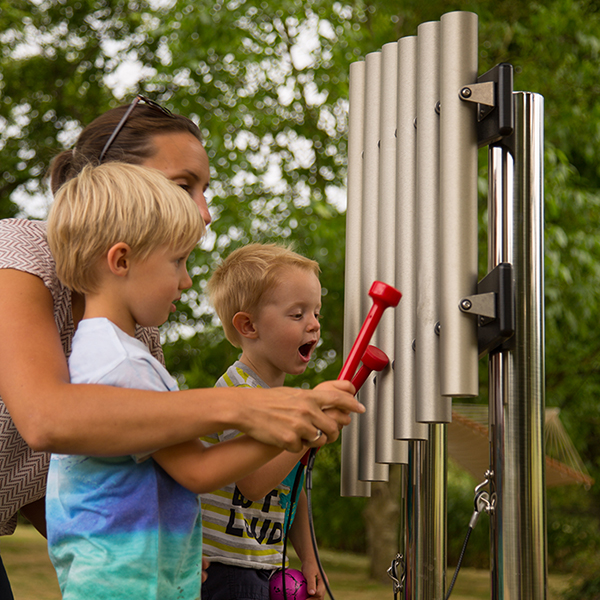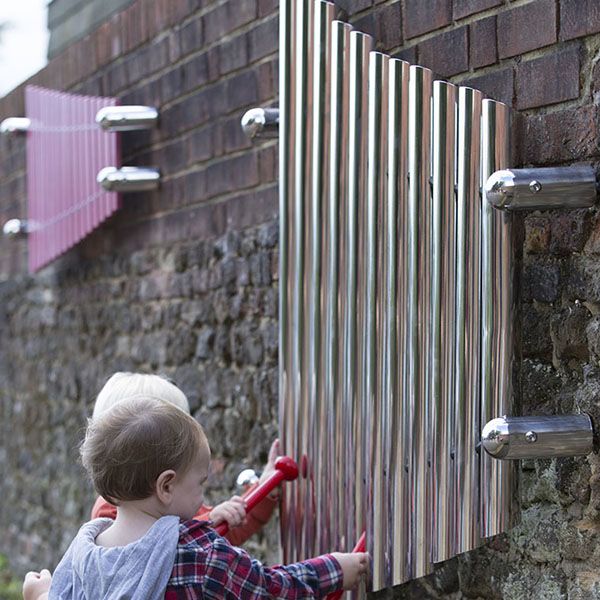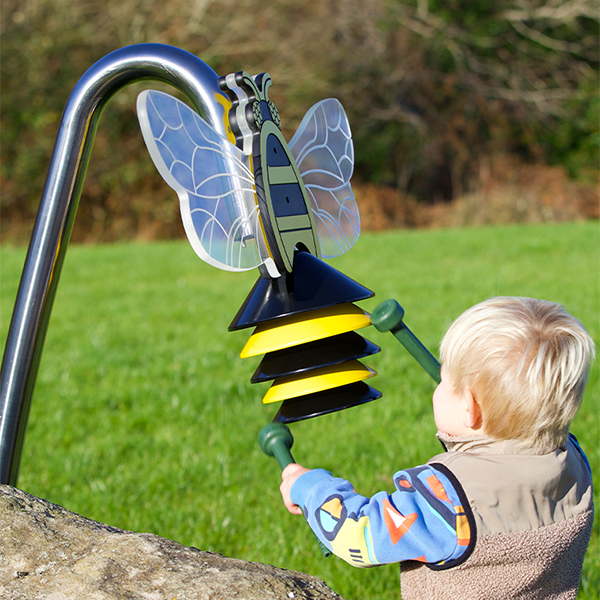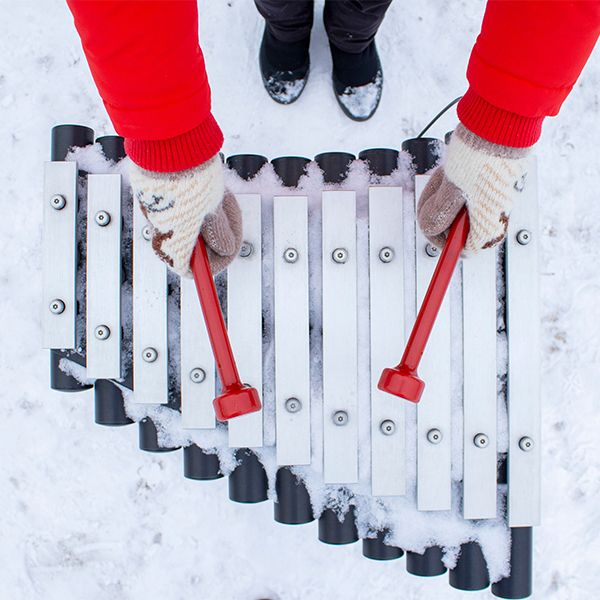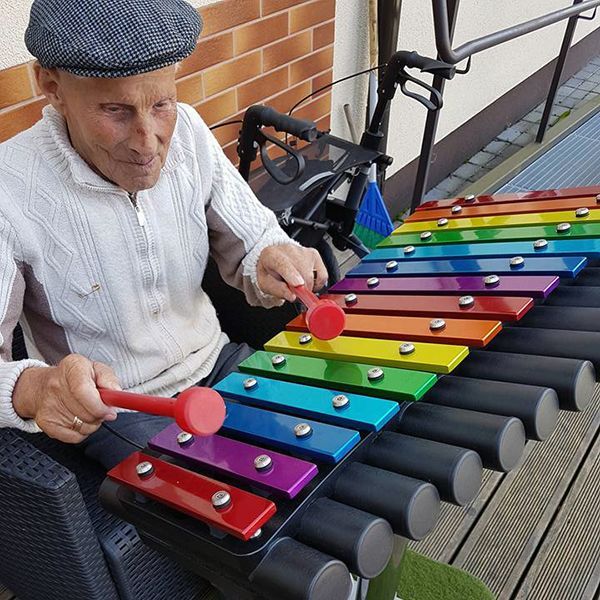From alleyways to rooftops - bringing music to every corner.
When people think of outdoor musical instruments, they often imagine sprawling parks, large playgrounds, or expansive gardens. But the truth is, you don’t need a vast outdoor area to create a vibrant, musical space. Courtyards, spare walls, entranceways, rooftops, and even narrow walkways can be transformed into joyful, interactive zones with the right instruments and thoughtful design.
Whether you're working in education, healthcare, senior living, hospitality, public spaces, children’s museums, or camps, small outdoor areas offer big opportunities for musical engagement.
Why Small Spaces Matter
Not every location has the luxury of expansive outdoor areas - especially in urban environments, older buildings, or specialized facilities. Yet small outdoor spaces are often high-traffic, underutilized, or transitional zones that hold untapped potential. These areas - courtyards, entranceways, alleyways, rooftops, and even spare walls - can be transformed into vibrant, inclusive soundscapes that invite interaction, creativity, and connection.
Small spaces matter because they’re accessible, visible, and often central to daily routines. They offer opportunities to bring music into places where people naturally gather, pass through, or pause. By reimagining these compact areas, we can create meaningful musical experiences that support wellbeing, learning, and community - without needing a large footprint.
